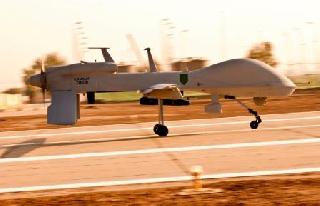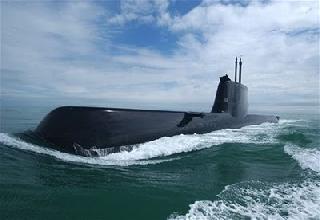
The Gray Eagle is the US Army's newest �eyes in the sky�
CAMP TAJI, IRAG (BNS): The US Army's newest ‘eyes in the sky’ - the MQ-1C Gray Eagle - is being tested by a unit known as the Quick Reaction Capability 1-Reaction 1, in Iraq.
The unmanned aircraft is being used in combat in Irag before the army fields the aircraft to all of its aviation brigades in the next few years, a DoD report said.
The Gray Eagle is an extended-range, multipurpose unmanned aircraft designed primarily to provide ground commanders a set of “eyes in the sky.”
The aircraft is built on the same platform as the Air Force’s Predator drone, and will provide the Army access to the type of support usually provided by Predator-type aircraft, the report said.
“The Army needed more UAS support; there was a gap in coverage,” Capt. Michael Goodwin, the unit’s commander, was quoted as saying.
“Predator-based platforms are spread too thin to meet all of the Army’s needs…we’re the Army’s answer to finding a quick solution to that problem.”
The first batch of Gray Eagles was purchased from General Atomics Aeronautical Systems while the aircraft was still in the developmental stage.
Forming the QRC units allowed the Army to get a head-start on introducing the aircraft to combat, it said.
According to Goodwin, Quick Reaction Capability 1-Reaction 1 has not identified any significant flaws in the aircraft, which has yielded impressive results during the first six months of deployment.
The unit has flown nearly 7,000 accident-free hours, more than 350 combat missions, produced more than 16,000 surveillance-type images, and maintained systems operational readiness rate of about 93 percent, according to unit reports.
The unit is also working to prepare the aircraft to carry hellfire missiles, and is scheduled to conduct a live test of the missiles in January.
 Next Article
Next Article








The Indian Air Force, in its flight trials evaluation report submitted before the Defence Ministry l..
view articleAn insight into the Medium Multi-Role Combat Aircraft competition...
view articleSky enthusiasts can now spot the International Space Station (ISS) commanded by Indian-American astr..
view article